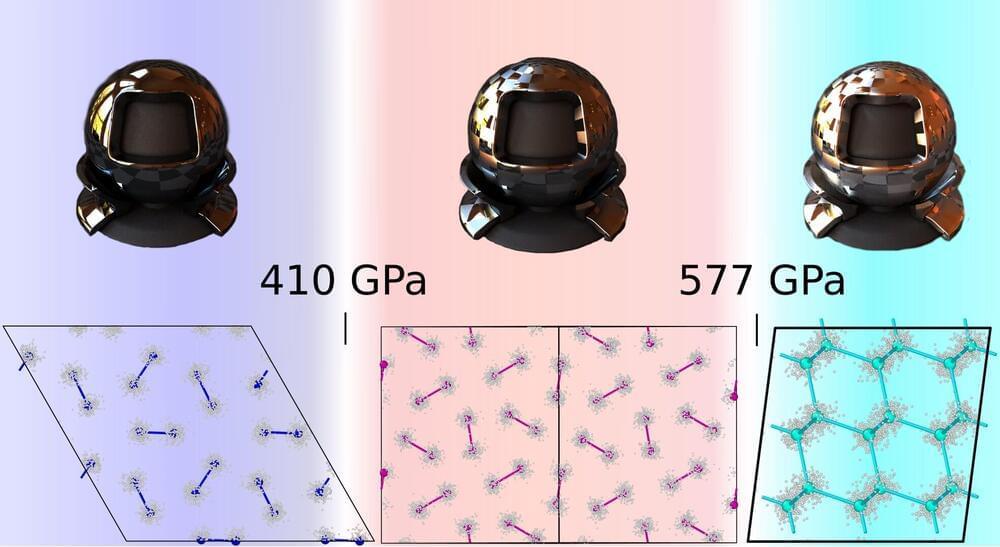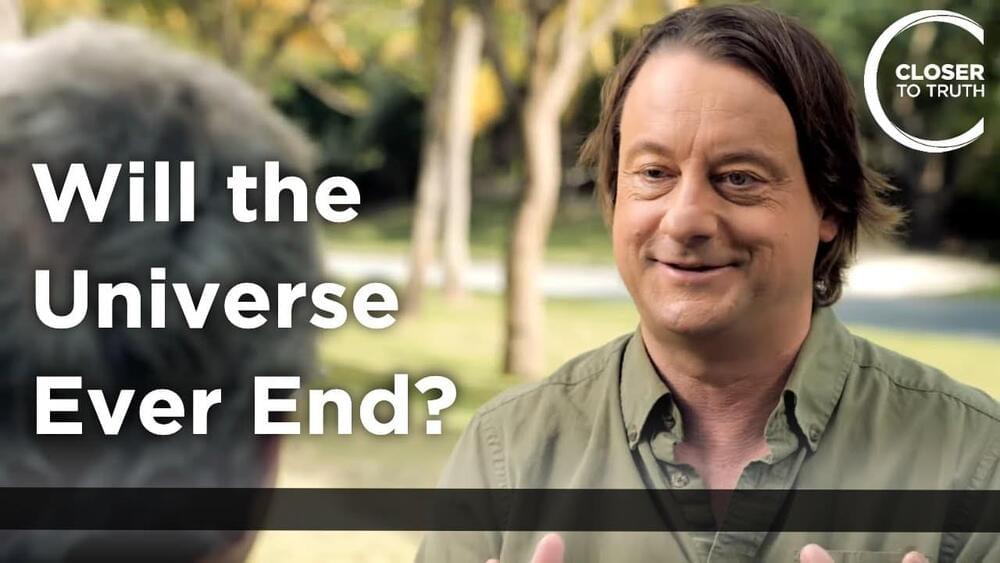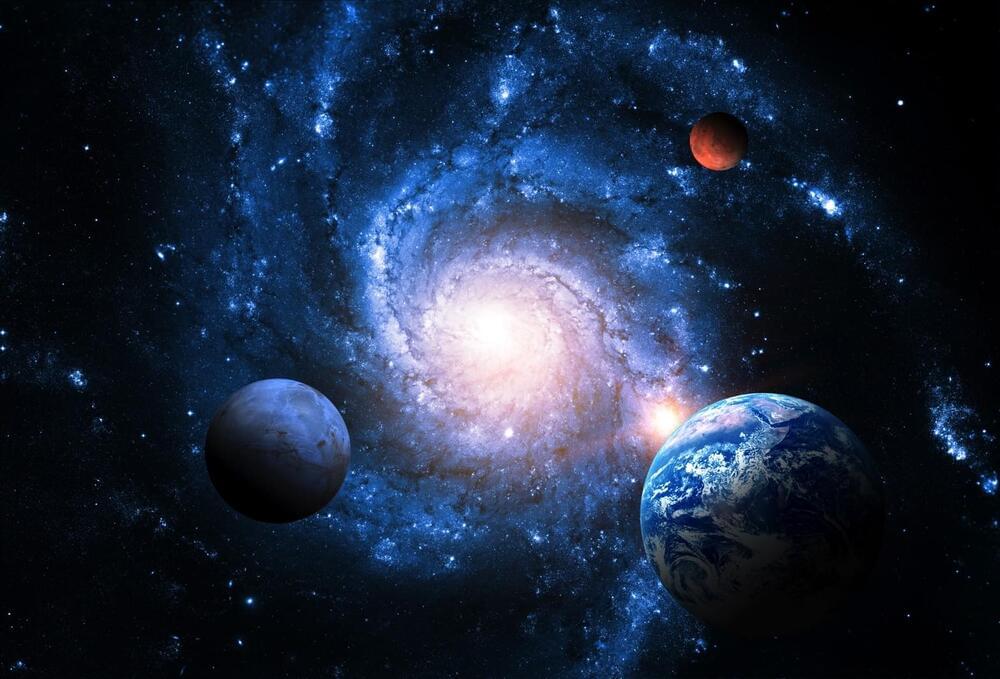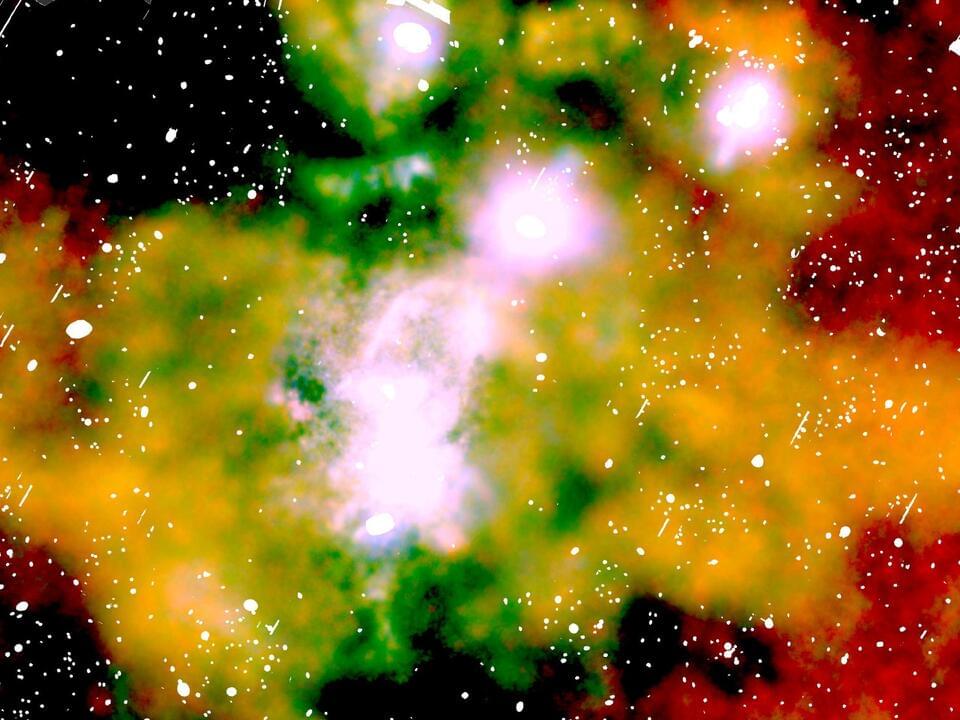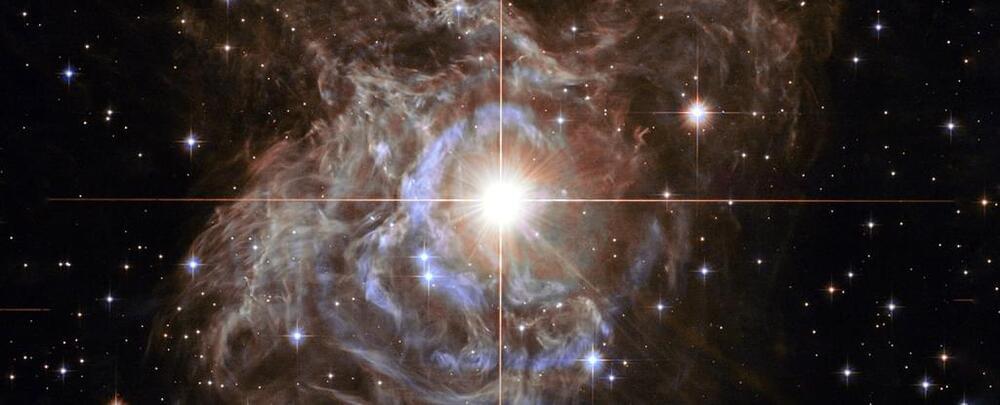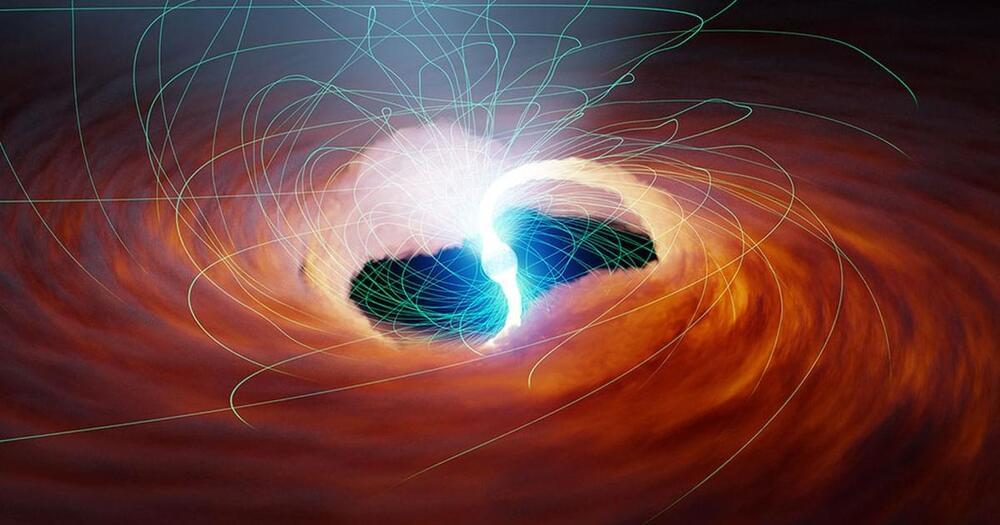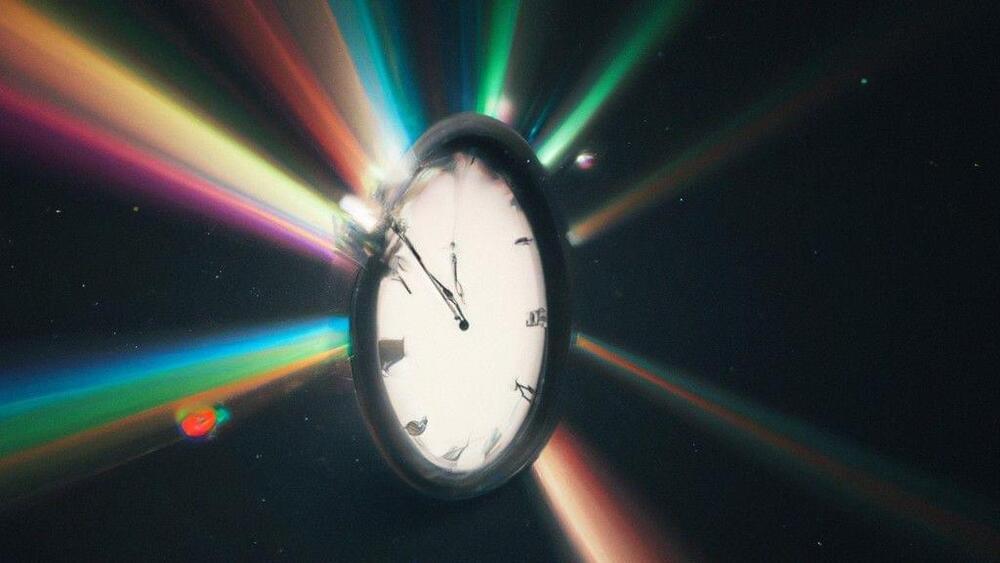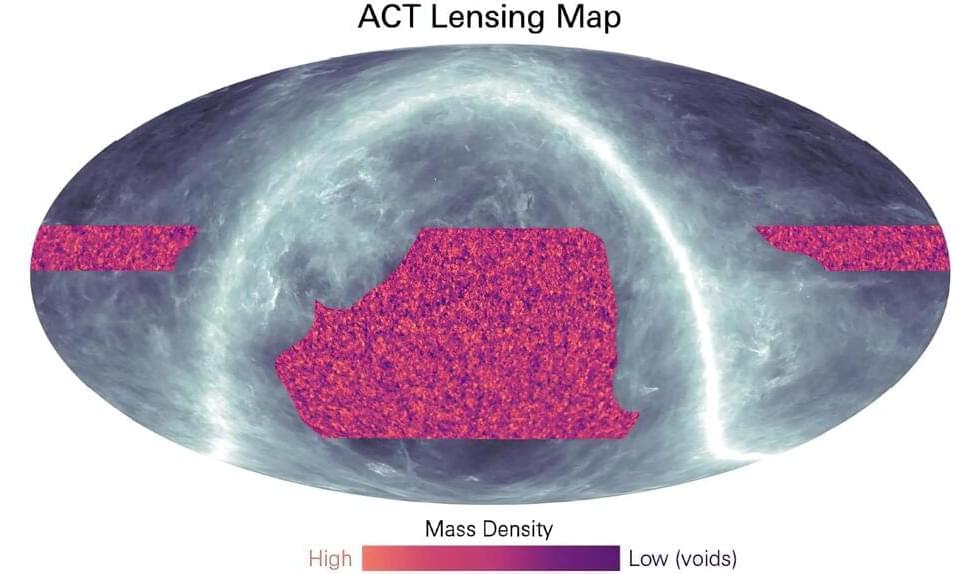Apr 17, 2023
The comprehensive characterization of hydrogen at ultra-high pressures
Posted by Saúl Morales Rodriguéz in categories: materials, physics
Physicists and material scientists have been trying to metallize hydrogen for many decades, but they have not yet succeeded. In 1968, British physicist Neil Ashcroft predicted that atomic metallic hydrogen would be a high-temperature semiconductor.
Most recent studies also suggested that this elusive and hypothetical form of hydrogen would also conduct electricity with no resistance when its temperature exceeds that of boiling water. This prediction ultimately paved the way for the discovery of high-temperature superconductivity in hydrides (i.e., compounds containing hydrogen and a metal).
Researchers at Sapienza University of Rome, Sorbonne University, CNRS, and the International School for Advanced Studies (SISSA) have recently carried out a study aimed at thoroughly characterizing the behavior and properties of hydrogen at high pressures. Their paper, published in Nature Physics, outlines a highly accurate phase diagram of high-pressure hydrogen, which could inform ongoing efforts aimed at creating atomic metallic hydrogen.
